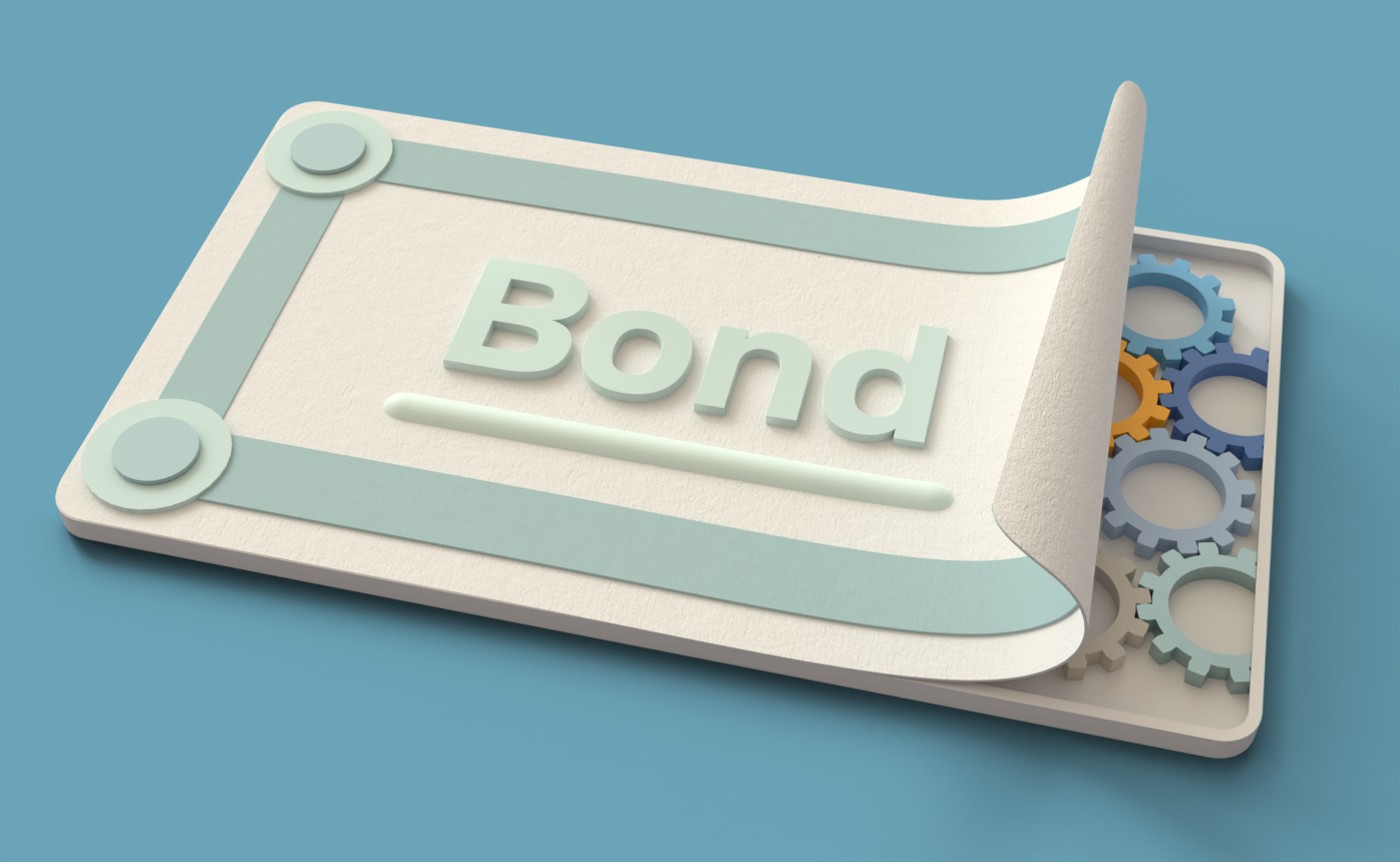
Investing in industrial stocks is risky because these securities are highly linked with the economy. Investing in industrial stock can add an additional layer of risk. This is especially true for those who try to time markets to avoid steep declines. Negative economic news can cause industrial stocks to plummet. Therefore, investors should monitor the market's movements carefully.
Caterpillar
Caterpillar industrial stocks are a good long-term investment. Although the company has performed well in recent years it is important that you remember that past performance does NOT guarantee future success. The company experienced a drop of almost 30% in the first quarter, which was one of the worst quarters it has ever had. The company is expected to prosper over the next few years thanks to new construction.

Emerson Electric
Emerson Electric is an excellent industrial stock. This multi-industrial conglomerate has two main business platforms: automation solutions and commercial and residential solutions. Emerson also sells tools, compressors, home products, and other items. It boasts a number of household brands. Let's have a look at the company to see what investors can expect. Here's an overview of the company's business model.
Flexibility
Flexibility and fortitude are essential to ensure that the industrial sector remains relevant and profitable. 5 stocks from the industrial sector have been selected because they are flexible and follow the market closely. These stocks are attractive investments. These companies are known for their ability to leverage core competencies and lead and prosper. We examine their profitability and industry outlook to see why they are the best investment for the next decade.
Flex (FLEX).
Flex Ltd. (FLEX) is a good choice if you are looking for industrial stocks. This American multinational electronics contract maker and Singapore-domiciled firm is the third-largest original designer and equipment manufacturer, and the largest original equipment manufacturer in all of the world. It is headquartered in Singapore and provides services to customers around the world. It currently employs 64,000 people around the globe, as of January 2018. This stock is a great investment option for those who want to get into the company’s growing industrial business.

Flex (CTAS).
While the outlook for its EBIT margins is not surprising, the shift in the company's mix to higher growth markets and the focus on cost discipline is encouraging. Although the stock represents a discount to its core business, the spinoff should unlock significant wealth. Furthermore, its growth prospects look solid and the company is well positioned for secular growth opportunities. This article will examine the most recent data on Flex (CTAS).
FAQ
How can people lose their money in the stock exchange?
The stock market isn't a place where you can make money by selling high and buying low. You can lose money buying high and selling low.
The stock exchange is a great place to invest if you are open to taking on risks. They want to buy stocks at prices they think are too low and sell them when they think they are too high.
They hope to gain from the ups and downs of the market. They could lose their entire investment if they fail to be vigilant.
What are the benefits to owning stocks
Stocks are more volatile than bonds. The stock market will suffer if a company goes bust.
The share price can rise if a company expands.
Companies often issue new stock to raise capital. This allows investors to purchase additional shares in the company.
To borrow money, companies use debt financing. This allows them to access cheap credit which allows them to grow quicker.
When a company has a good product, then people tend to buy it. As demand increases, so does the price of the stock.
Stock prices should rise as long as the company produces products people want.
What is a Stock Exchange, and how does it work?
Stock exchanges are where companies can sell shares of their company. This allows investors to buy into the company. The market determines the price of a share. The market usually determines the price of the share based on what people will pay for it.
Investors can also make money by investing in the stock exchange. Companies can get money from investors to grow. This is done by purchasing shares in the company. Companies use their funds to fund projects and expand their business.
Stock exchanges can offer many types of shares. Some of these shares are called ordinary shares. These are the most commonly traded shares. Ordinary shares are bought and sold in the open market. Stocks can be traded at prices that are determined according to supply and demand.
Preferred shares and debt securities are other types of shares. When dividends are paid out, preferred shares have priority above other shares. These bonds are issued by the company and must be repaid.
What is a Reit?
A real-estate investment trust (REIT), a company that owns income-producing assets such as shopping centers, office buildings and hotels, industrial parks, and other buildings is called a REIT. These publicly traded companies pay dividends rather than paying corporate taxes.
They are very similar to corporations, except they own property and not produce goods.
Are bonds tradable?
They are, indeed! Bonds are traded on exchanges just as shares are. They have been for many, many years.
The difference between them is the fact that you cannot buy a bonds directly from the issuer. You will need to go through a broker to purchase them.
This makes it easier to purchase bonds as there are fewer intermediaries. This means that selling bonds is easier if someone is interested in buying them.
There are several types of bonds. Some bonds pay interest at regular intervals and others do not.
Some pay quarterly interest, while others pay annual interest. These differences make it easy to compare bonds against each other.
Bonds are a great way to invest money. For example, if you invest PS10,000 in a savings account, you would earn 0.75% interest per year. You would earn 12.5% per annum if you put the same amount into a 10-year government bond.
If you were to put all of these investments into a portfolio, then the total return over ten years would be higher using the bond investment.
Statistics
- The S&P 500 has grown about 10.5% per year since its establishment in the 1920s. (investopedia.com)
- US resident who opens a new IBKR Pro individual or joint account receives a 0.25% rate reduction on margin loans. (nerdwallet.com)
- "If all of your money's in one stock, you could potentially lose 50% of it overnight," Moore says. (nerdwallet.com)
- Individuals with very limited financial experience are either terrified by horror stories of average investors losing 50% of their portfolio value or are beguiled by "hot tips" that bear the promise of huge rewards but seldom pay off. (investopedia.com)
External Links
How To
How to Invest in Stock Market Online
Investing in stocks is one way to make money in the stock market. You can do this in many ways, including through mutual funds, ETFs, hedge funds and exchange-traded funds (ETFs). The best investment strategy is dependent on your personal investment style and risk tolerance.
To be successful in the stock markets, you have to first understand how it works. Understanding the market and its potential rewards is essential. Once you know what you want out of your investment portfolio, then you can start looking at which type of investment would work best for you.
There are three main types: fixed income, equity, or alternatives. Equity is ownership shares in companies. Fixed income can be defined as debt instruments such bonds and Treasury bills. Alternatives include commodities, currencies and real estate. Venture capital is also available. Each category has its own pros and cons, so it's up to you to decide which one is right for you.
Once you figure out what kind of investment you want, there are two broad strategies you can use. One strategy is "buy & hold". You purchase some of the security, but you don’t sell it until you die. Diversification refers to buying multiple securities from different categories. If you purchased 10% of Apple or Microsoft, and General Motors respectively, you could diversify your portfolio into three different industries. Multiple investments give you more exposure in different areas of the economy. Because you own another asset in another sector, it helps to protect against losses in that sector.
Another important aspect of investing is risk management. Risk management can help you control volatility in your portfolio. You could choose a low risk fund if you're willing to take on only 1% of the risk. However, if a 5% risk is acceptable, you might choose a higher-risk option.
Learning how to manage your money is the final step towards becoming a successful investor. Managing your money means having a plan for where you want to go financially in the future. Your short-term, medium-term, and long-term goals should all be covered in a good plan. Sticking to your plan is key! Keep your eyes on the big picture and don't let the market fluctuations keep you from sticking to it. Your wealth will grow if you stick to your plan.